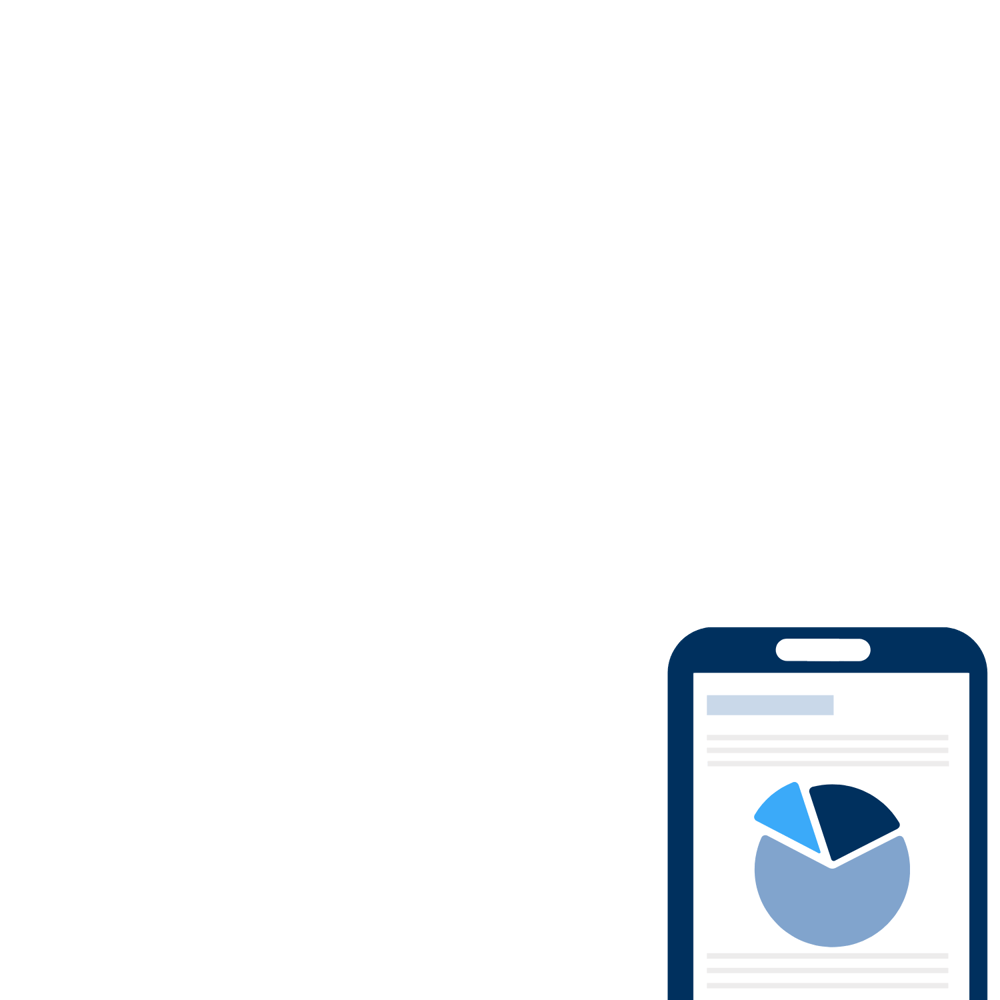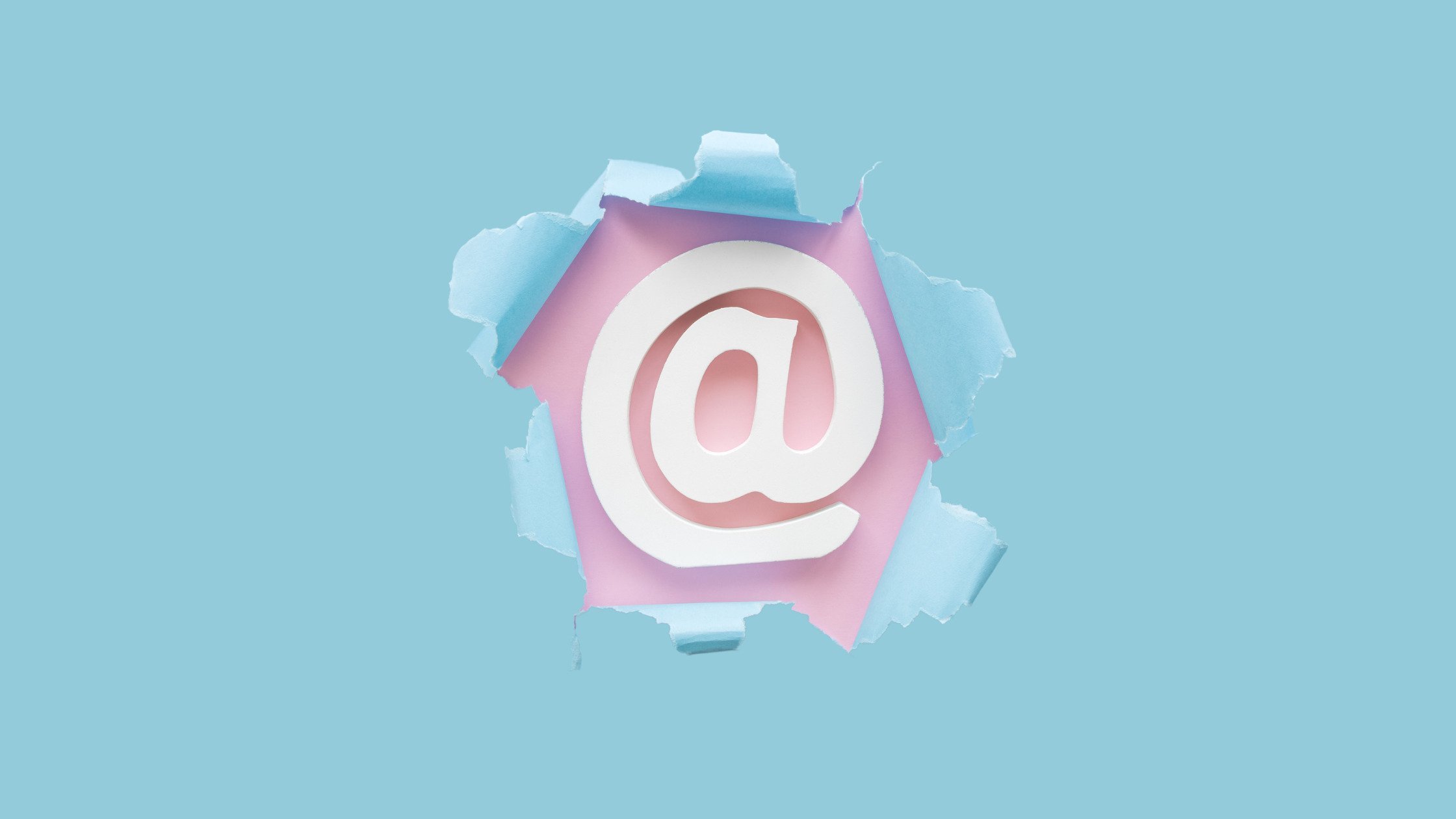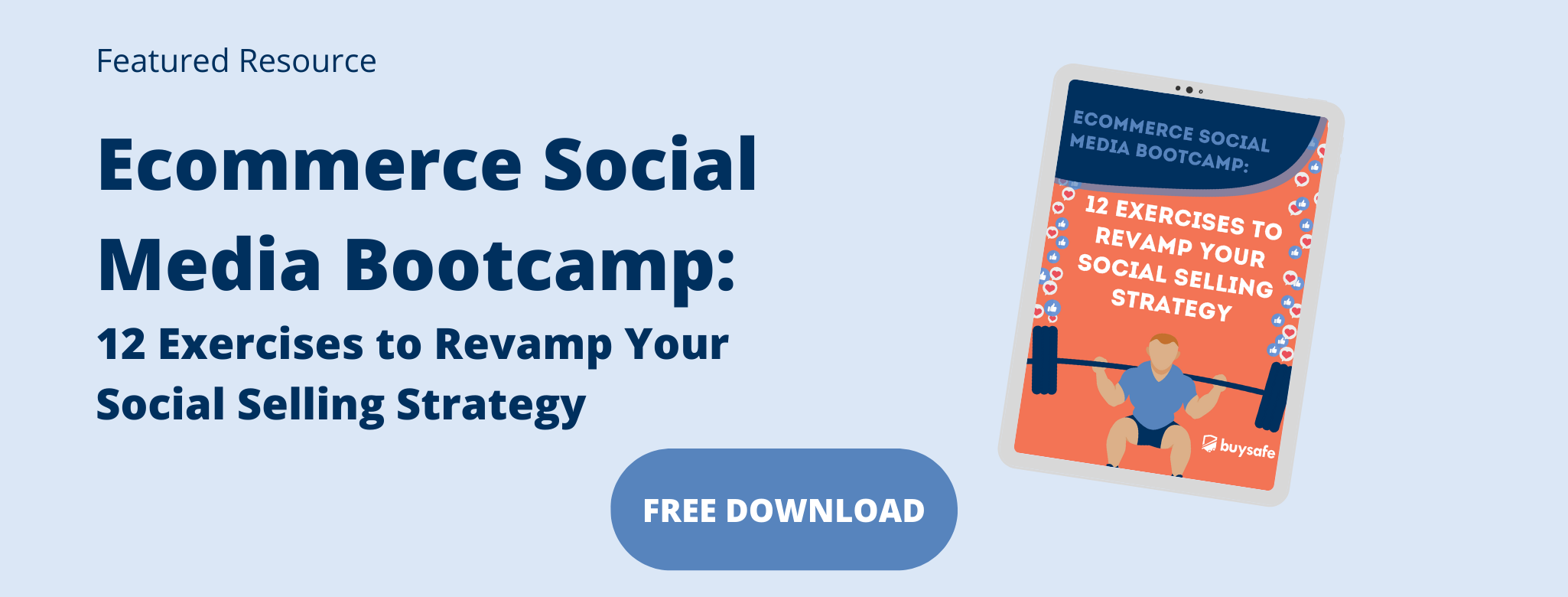

For the latest on ecommerce tips and best practices.
10 Ways to Refine your Ecommerce Email Marketing

We’ve all received them at some point—marketing emails that don’t format correctly on mobile or include a merge tag that’s left unfilled. But are bad emails really that detrimental to a marketing strategy?
The short answer? Absolutely. Emails are critical to a comprehensive marketing strategy, and it’s important to avoid alienating customers with bad emails. Marketing Sherpa reports that over 90% of people want to receive promotional emails from companies they do business with. A great email can build credibility, boost sales, and even strengthen existing relationships. You need to create an outstanding email, not something that will go directly into the trash.
So where do you begin? We’ve put together a list of the types of emails you should be sending and some tips for taking your email marketing game to the next level.
What Kinds of Emails Should You Send?
Emails contribute a lot to a marketing strategy—but certain emails are more appropriate for specific situations. Knowing which types of emails to use and when to use them can give you a better competitive advantage.
● Promotional: Promote a product or services via emails to get people to make a purchase. Use these to showcase new items or time-sensitive deals.
● Inventory: An email that details all of your new products and provides an in-depth description of each. An informed customer is more comfortable with your brand.
● Product: Offer advice to your customer on the best ways to utilize your business. By giving your customers the inside scoop, you can build trust and encourage future purchases.
● Trigger Emails: Emails that are sent when a particular action is triggered. This could be a reminder that a customer still has an item in their cart, a confirmation of their order, or even a cross/upsell. Trigger emails provide additional avenues to recover customers that dropped off during the buying process.
● Newsletter: Informs your customers about company news and improves brand awareness. Typically an opt-in email, a newsletter helps build a longstanding relationship with your audience.
● Welcome: Embrace new email subscribers. A welcome email introduces your business and establishes a strong relationship between the customer and yourself.
● Educational: Provide knowledge about your products, industry, or business. Sharing additional knowledge is an easy way to build trust.
● Survey: Emails that prompt a customer to take part in a post-purchase survey. Surveys collect helpful information that you can use to improve the customer experience.
Free Download: Ecommerce Social Media Bootcamp
How to Refine your Ecommerce Emails to Customers and Prospects
It’s easy to create an email, but it’s difficult to take that step from good to great. A great email creates a relationship that lasts a lifetime. Here’s what you can do to step up your email game:
Create an Engaging Subject Line
A creative and engaging subject line is the first step toward piquing interest. Without a provoking subject line, your emails will be left behind.
Keep the Message Brief and Clear
People are busy, and they don’t have time to read lengthy emails. Keep emails short and avoid large chunks of text. If you do need to create a long email, be sure to at least disrupt the text with line breaks, subheadings, hyperlinks, calls to action, and images. Only include relevant information—cut the fluff.
Emphasize Important Information
If you don’t catch a reader’s attention in the first five seconds, you’ve lost them. Keep important information front and center either above the fold or listed in clear bullet points. The most important information should be easy to find.
Clarify the Next Steps
Whether you want the reader to get on the phone, click on a link, or respond to an email, the call to action needs to be visible and trackable. This will increase engagement or drive traffic to your site, depending on your goals.
Personalize your Emails
Adding personalized touches such as the customer’s name, company, or account information makes the reader more comfortable and gives your email a warmer touch. Be sure to segment lists and use tools to personalize your emails.
Maintain Brand Consistency
Emails should always reflect your brand. Poorly branded emails can be mistaken for spam attempting to impersonate your business.
Keep mobile in mind
Today’s emails need to be mobile friendly, as more customers are viewing and responding to emails on a mobile phone or tablet than ever before. If your email formats incorrectly on mobile, you can be sure it’ll go right in the trash.
Include an Unsubscribe Link
Not only is this a best practice, but it’s also the law. Thanks to the CAN-SPAM Act, every marketing email is required to have an unsubscribe link. Make sure your unsubscribe links are clearly labeled and easy to find.
Always Test your Copy
When conducting an email marketing campaign, its good idea to test multiple sets of copy because you never know what will work. Set up A/B split testing and see what’s most effective. Check out this post from Zapier on how to A/B test your email copy.
Include Giveaways
Coupons, incentives, and special offers can sweeten the deal. The best way to get them in front of a customer is via email.
Adhere to these tips, and you’ll be well on your way to creating an effective email that complements your marketing initiatives. For more on marketing, check out our top 10 ecommerce marketing tips.
Stay in the know
Subscribe to the buySAFE blog and receive the latest in ecommerce best practices.



